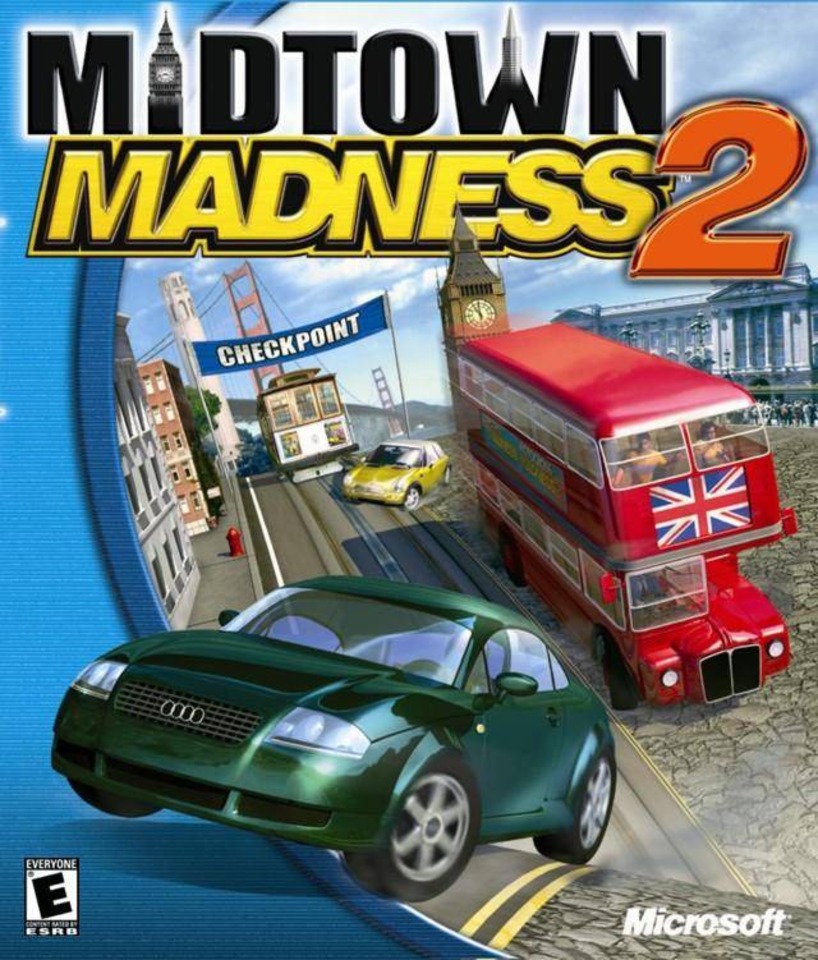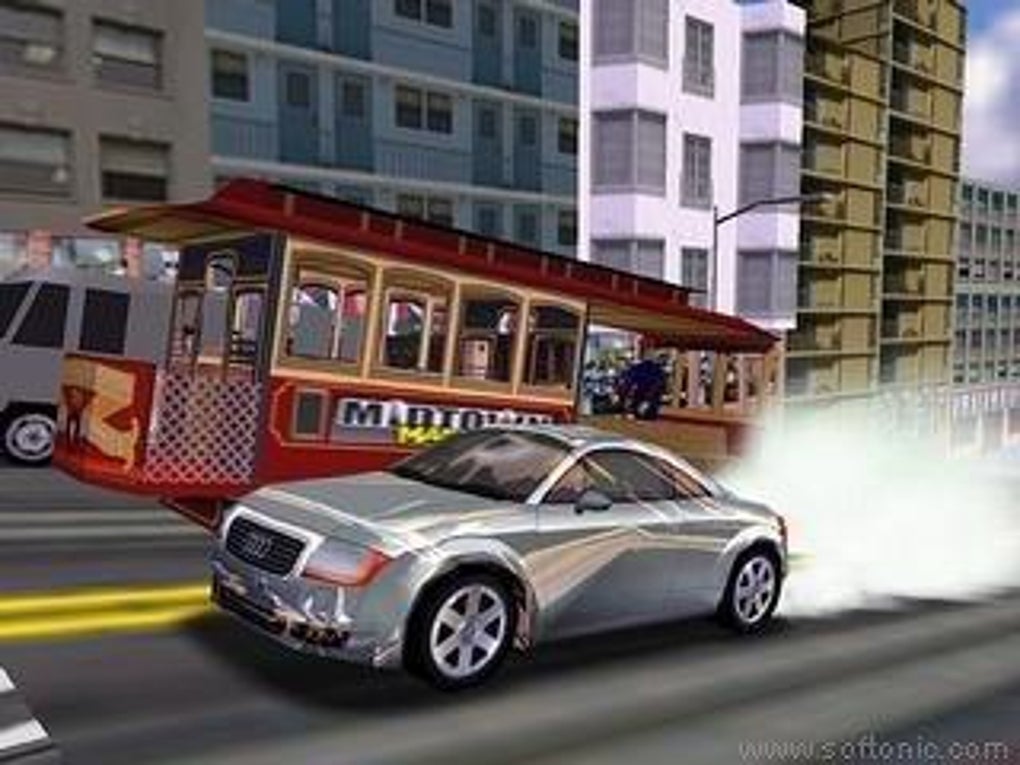
You started your underground racing career in a yellow taxi cab, before working your way up the pecking order by winning races.Īpart from the taxi, most of the vehicles aped the Japanese tuning scene of the time, except lacking the licenced vehicles of the Midtown Madness releases and, well, not set in Japan. Two environments were featured in the game, London and New York. In something that should now be of little surprise, this game was focused on driving cars in an open world environment. To welcome in the millennium, the Midnight Club: Street Racing was the first game by Angel Studios for Rockstar, releasing in October for the then-nascent PS2. By 2002, Rockstar had purchased Angel, and it became Rockstar San Diego – ditching the Midtown Madness franchise and also finally finishing Red Dead Revolver by 2004.

#Trucos de midtown madness 2 series
You see, the second game in this series was released in the same year as the first Midnight Club game, created by the very same Angel Studios in partnership with Rockstar.

#Trucos de midtown madness 2 Pc
This was followed just 16 months later by Midtown Madness 2, also on PC, this time with the Audi TT as the cover star and two locations: London and San Francisco.Ī third game was released for PC and the original Xbox in 2003, but that was created by Digital Illusions. Vehicles could receive damage and there was even an interior viewpoint. There was a series of races to take part in, the main crux. It featured licenced vehicles, such as the then ‘new’ Volkswagen Beetle, capturing the zeitgeist of the late 90s. Midtown, not Midnight, Madness was an open-world driving game set in Chicago developed by Angel Studios and published by Microsoft for the PC. We start the tale of the Midnight Club games with something different. While we remain sceptical so far, let’s take a look at the Midnight Club games to date and get up to speed with the last time Rockstar made a racing game. With rumours circulating earlier this year, thanks to comments made during an investor call and then again last week when Video Games Chronicle found a job listing, hopes are high for a return. It seems keeping the online money pouring in is more pertinent in this current era of gaming, and that may go some way to explain, then, why the last Midnight Club releases were back in 2008. Rockstar, which generates $2.5 million per day from GTA V ( August 2021), has only released three all-new games in the last 10 years. Consequently, the development time, and cost, of a ‘AAA’ release has enlarged exponentially, leading to fewer releases from each individual developer.


Smooth frame rates, 4K resolutions, ever-larger and more detailed open-worlds and engaging online modes are an expected norm. As technology has advanced, so have players’ expectations. These were the halcyon days of the PlayStation 2, where studios could seemingly release several titles across a variety of differing franchises, sometimes within the same calendar year. Canis Canem Edit – typifying of PS2-era Rockstar Games The phat rim, neon light-infused, car title sat alongside a video game interpretation of 1970s film The Warriors, controversial survival horror Manhunt and the equally divisive Canis Canem Edit in the developer’s line-up. Before Grand Theft Auto and Red Dead Redemption became gaming juggernauts – perpetually releasing new downloadable content for their online modes to generating recurring revenue for the Take-Two Interactive overlords – Rockstar Games used to create several different titles, including street-racing opus Midnight Club.


 0 kommentar(er)
0 kommentar(er)
